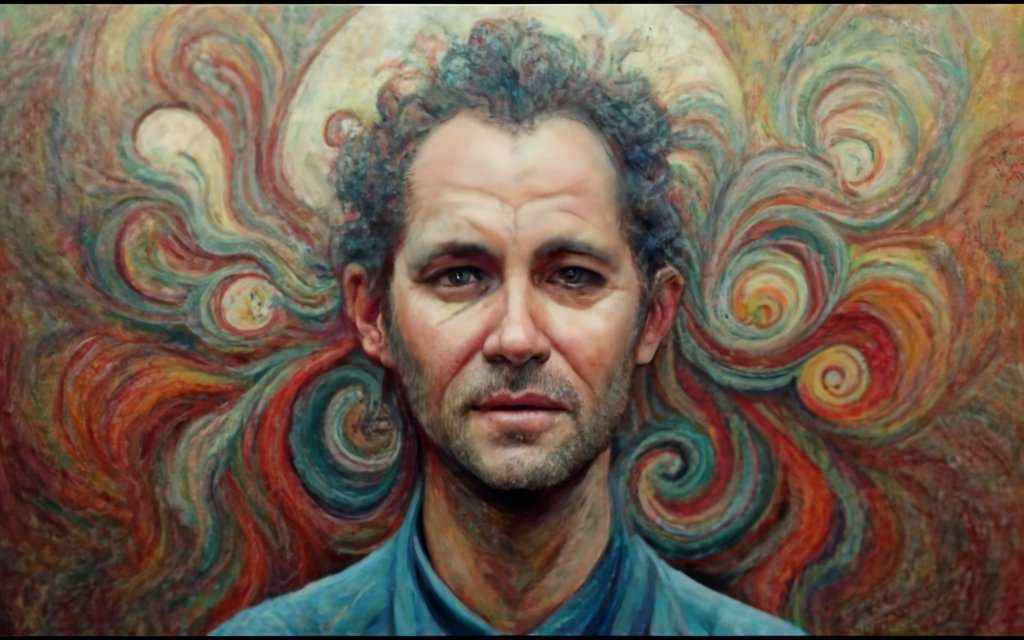In our fast-paced world, juggling work, personal life, and everything in between can feel overwhelming. It’s no surprise that stress and anxiety are at an all-time high. But there’s good news! Mindfulness exercises are a powerful tool to help us regain control and create a sense of calm in our daily lives. Whether you’re a mental health advocate, a wellness enthusiast, a busy professional, or a student balancing multiple responsibilities, these exercises can make a significant difference.
Understanding Anxiety in the Modern World
The Impact of Technology and Lifestyle on Anxiety Levels
Let’s face it—technology is a double-edged sword. While it connects us, it also overwhelms us with constant notifications, emails, and news updates. This digital bombardment can elevate our anxiety levels. The pressure to stay connected and responsive 24/7 leaves little room for mental breaks.
To combat this, find ways to unplug regularly. Designate tech-free times, like during meals or before bed, to allow your mind to decompress. Small adjustments in your daily routine can significantly reduce anxiety levels and improve your overall wellbeing.
Common Triggers and Symptoms of Anxiety
Anxiety often creeps up on us, triggered by various factors such as work pressure, financial worries, or personal relationships. Recognizing these triggers is the first step in managing them effectively.
Symptoms vary but commonly include increased heart rate, restlessness, and difficulty concentrating. Being aware of these signs can help you take proactive steps to address your anxiety. Keeping a journal to note when these symptoms occur can provide valuable insights into your triggers and how to manage them better.
Practical Strategies for Managing Anxiety
Mental Health Practices and Exercises for Daily Anxiety Management
One of the most effective ways to manage anxiety is through mindfulness exercises. These practices help you stay grounded in the present moment, reducing the impact of stressors.
- Deep Breathing – Focus on your breath, taking slow, deep inhales and exhales. This simple exercise can instantly calm your nervous system.
- Body Scan Meditation – Lie down and mentally scan your body from head to toe, noticing any tension and consciously relaxing those areas.
- Guided Imagery – Close your eyes and visualize a peaceful scene, whether it’s a beach, a forest, or any place where you feel safe and relaxed.
The Importance of a Healthy Work-Life Balance and Establishing Boundaries
Maintaining a healthy work-life balance is crucial. Overworking can lead to burnout, exacerbating anxiety. Set clear boundaries between work and personal time. For instance, avoid checking work emails after hours and dedicate time to hobbies and activities that bring you joy.
Communicating your boundaries to colleagues and family members is also essential. When everyone respects these limits, it creates a healthier environment for all.
The Role of Physical Activity, Nutrition, and Sleep in Anxiety Management
Physical activity, nutrition, and sleep play a pivotal role in managing anxiety. Exercise releases endorphins, the body’s natural stress relievers. Aim for at least 30 minutes of physical activity most days of the week. This can be anything from a brisk walk to a yoga session.
Nutrition impacts mood and energy levels. Incorporate a balanced diet rich in fruits, vegetables, lean proteins, and whole grains. Avoid excessive caffeine and sugar, which can heighten anxiety.
Sleep is the body’s way of recharging. Aim for 7-9 hours of quality sleep each night. Establish a bedtime routine to signal your body that it’s time to wind down. This could include reading a book, taking a warm bath, or practicing relaxation techniques.
Seeking Professional Help and Support
The Importance of Recognizing When Professional Help is Needed
While mindfulness exercises and lifestyle changes can significantly reduce anxiety, there are times when professional help is necessary. If your anxiety is persistent, interfering with daily activities, or causing severe distress, it’s crucial to seek support from a mental health professional.
Talking to a therapist can provide new perspectives and coping strategies. Remember, seeking help is a sign of strength, not weakness.
Understanding the Different Types of Therapy and Treatment Available
There are various therapeutic approaches to managing anxiety. Cognitive-behavioral therapy (CBT) is widely regarded as effective, helping individuals identify and change negative thought patterns.
Other options include medication, mindfulness-based stress reduction (MBSR), and holistic treatments like acupuncture and aromatherapy. Each person is unique, so it may take some time to find the right combination of treatments that work for you.
Real-life Stories and Experiences
Personal Anecdotes and Experiences from Individuals Managing Anxiety
Hearing about others’ experiences can be incredibly reassuring. Take Jane, a busy marketing manager, who struggled with anxiety due to work pressures. By incorporating daily mindfulness exercises and setting firm work boundaries, she found a significant reduction in her anxiety levels.
Then there’s Alex, a college student overwhelmed by academic demands. Through regular exercise, proper nutrition, and seeking support from a counselor, Alex managed to regain control over his anxiety.
These stories remind us that we’re not alone in our struggles and that effective strategies do exist.
Conclusion
Recap of the Key Points for Managing Anxiety in 2024
In 2024, managing anxiety is more crucial than ever. By understanding the modern triggers of anxiety, incorporating practical strategies like mindfulness exercises, maintaining a healthy lifestyle, and seeking professional help when needed, we can significantly reduce our stress levels.
Encouragement for Readers
Remember, managing anxiety is a journey, not a destination. Be patient with yourself and celebrate small victories along the way. Start with one mindfulness exercise today and gradually incorporate more as you become comfortable. Your mental health is worth the investment.
If you’re ready to take the next step, join our community of wellness enthusiasts for more tips, resources, and support. Together, we can create a calmer, more mindful world.





